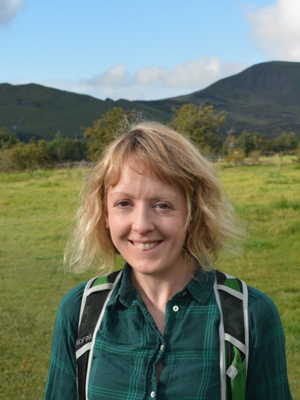Orchids can appear to be delicate little blooms which aren’t hardy enough to survive in the variable British climate. However, in many parts of the UK orchid species are thriving, although many do remain a protected species.
There are 52 orchid species found in Britain (though this number does vary, depending on your source) and these superstars of the wildflower world are a delight to spot in the late-spring and summer months.
Learn more about how to identify orchids found in the UK with this handy orchid guide by BBC Wildlife.
If you fancy learning more about wild plants found in the UK, have a read of our British wildflower guide or common hedgerow plant and flower species to spot. We also have a comprehensive guide to houseplants which includes advice on hardy plants to grow at home and how best to care for them.
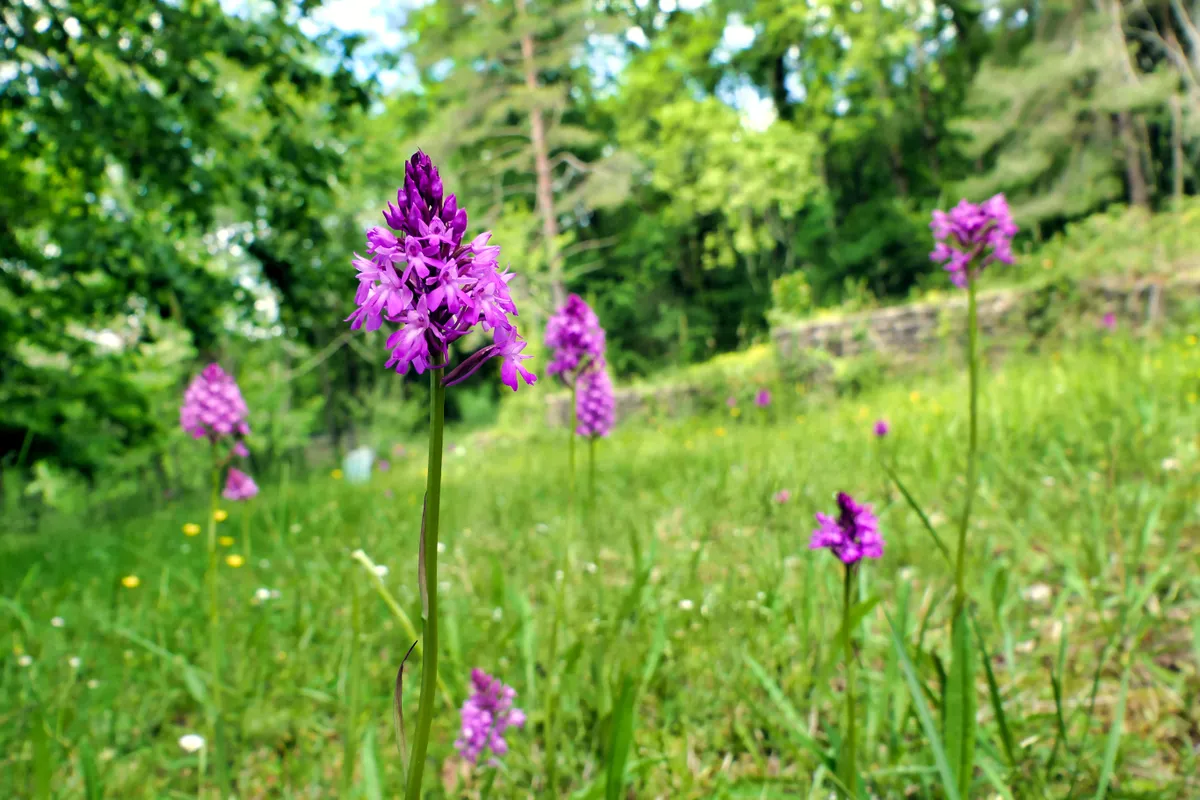
Check before you trek
Orchids bloom just once a year, and flowering times are strongly influenced by the weather. In general, they flower earlier in the south and later in the north. Check species flowering times in a botanical guide and consult with local nature wardens to make sure you're not disappointed.
Just remember to never trample or pick any wild orchids you see growing wild as many species are rare and protected by law.
Where to see orchids in the UK
Ainsdale Sand Dunes, Lancashire
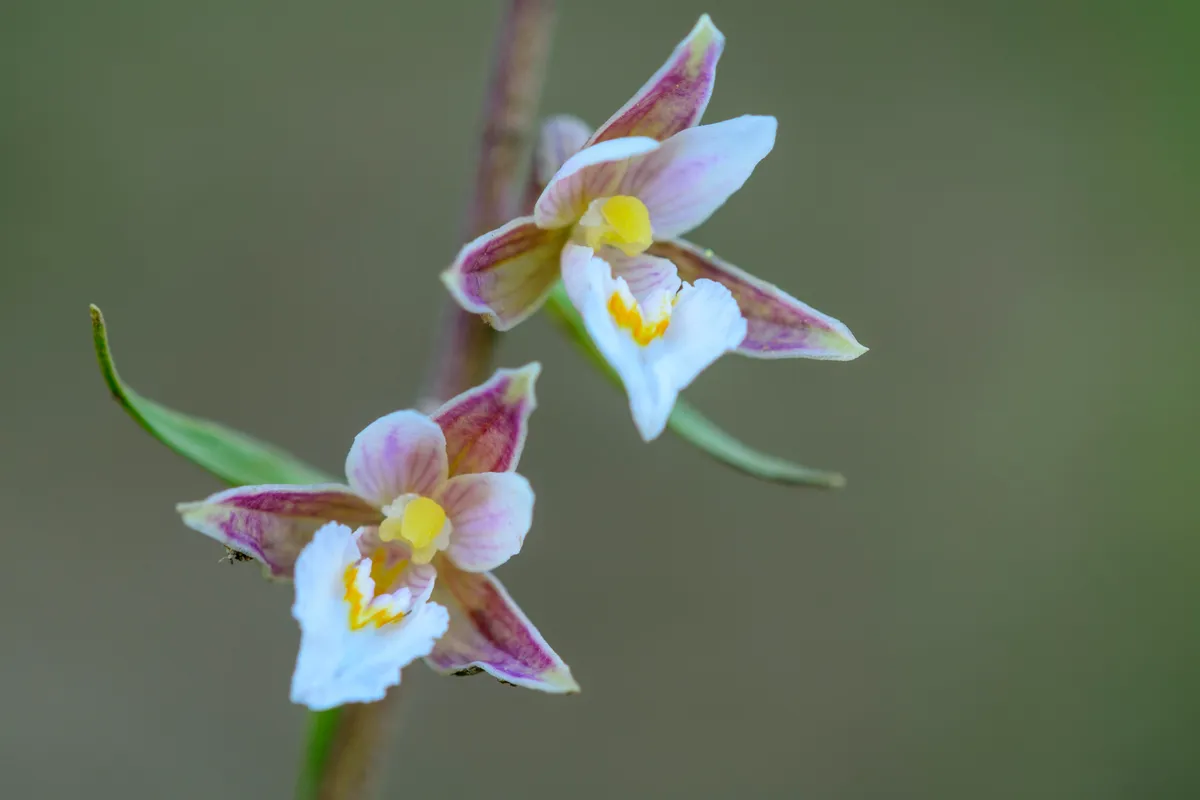
Marsh helleborines and many other orchids species grow in the dune slacks and under the pine trees. Early in the morning, flowers gleam with dew and summer dusks are scented by evening primroses. It is accessible by public transport; just 20 minutes’ walk from the nearest train station. The dunes are open access from Southport to Formby, information on what is flowering is displayed in Ainsdale beach car park. visitseftonandwestlancs.co.uk
Noar Hill, Near Selborne, Hampshire
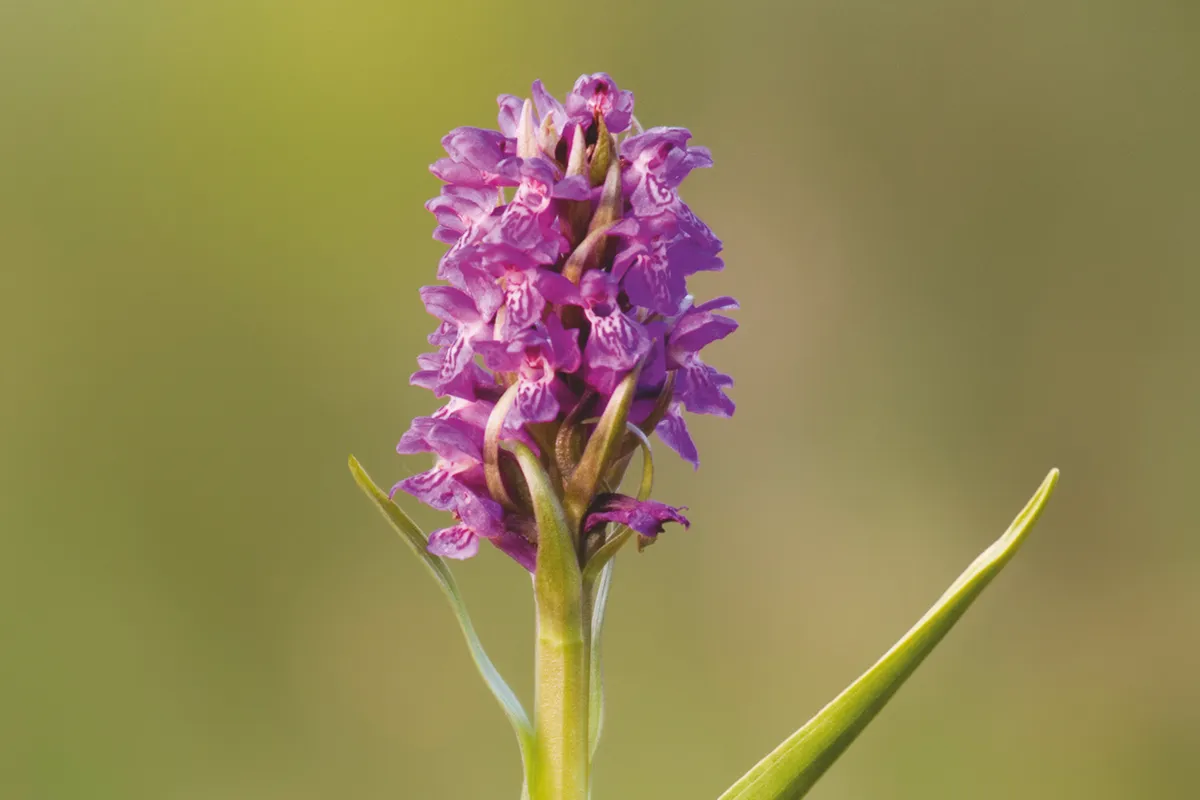
With a wide range of species you can visit from April to August and see orchids flowering. The first to flower are the early-purple orchids and the last are autumn lady’s-tresses. hiwwt.org.uk/nature-reserves/noar-hill-nature-reserve
Badbury Rings, Dorset
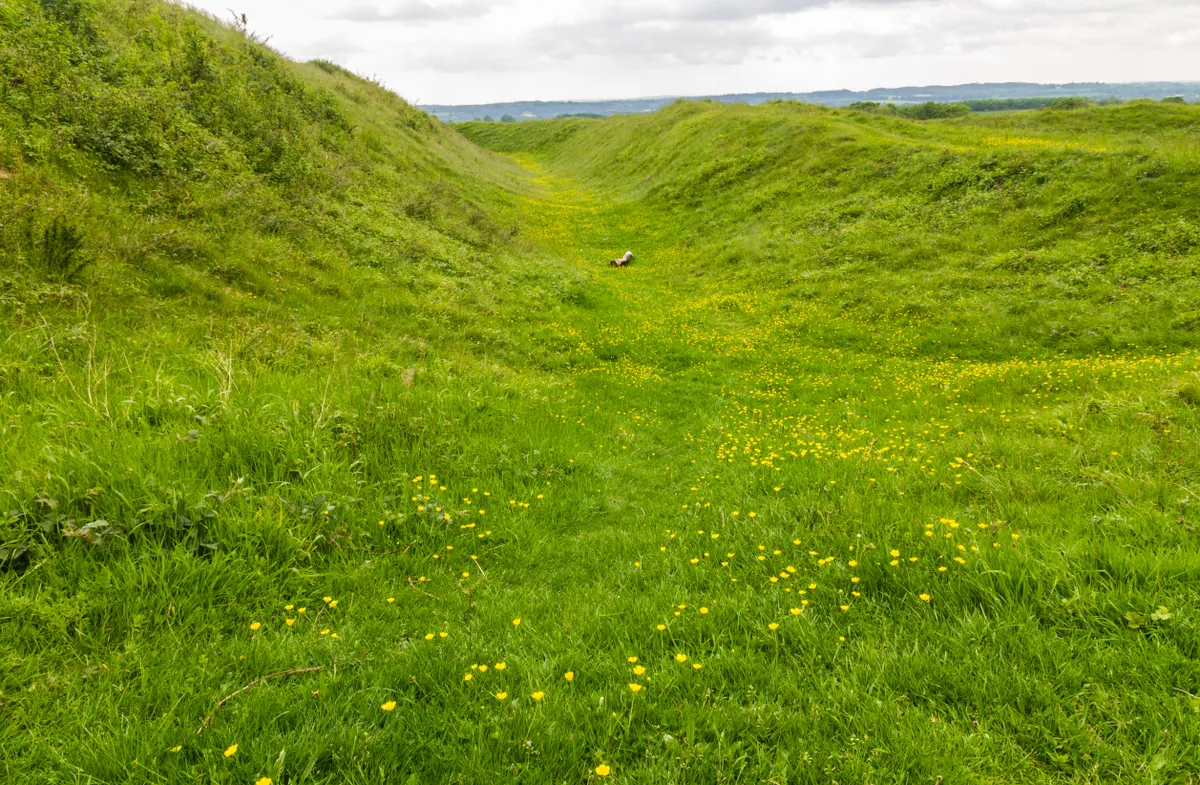
This iron-age hill fort is managed with grazing cattle and sheep to keep the scrub down so that the orchids thrive. Walk around the rings of the fort and keep your eyes open for orchids. nationaltrust.org.uk/kingston-lacy/features/badbury-rings
Bonsai Bank, North of Sole Street, Kent
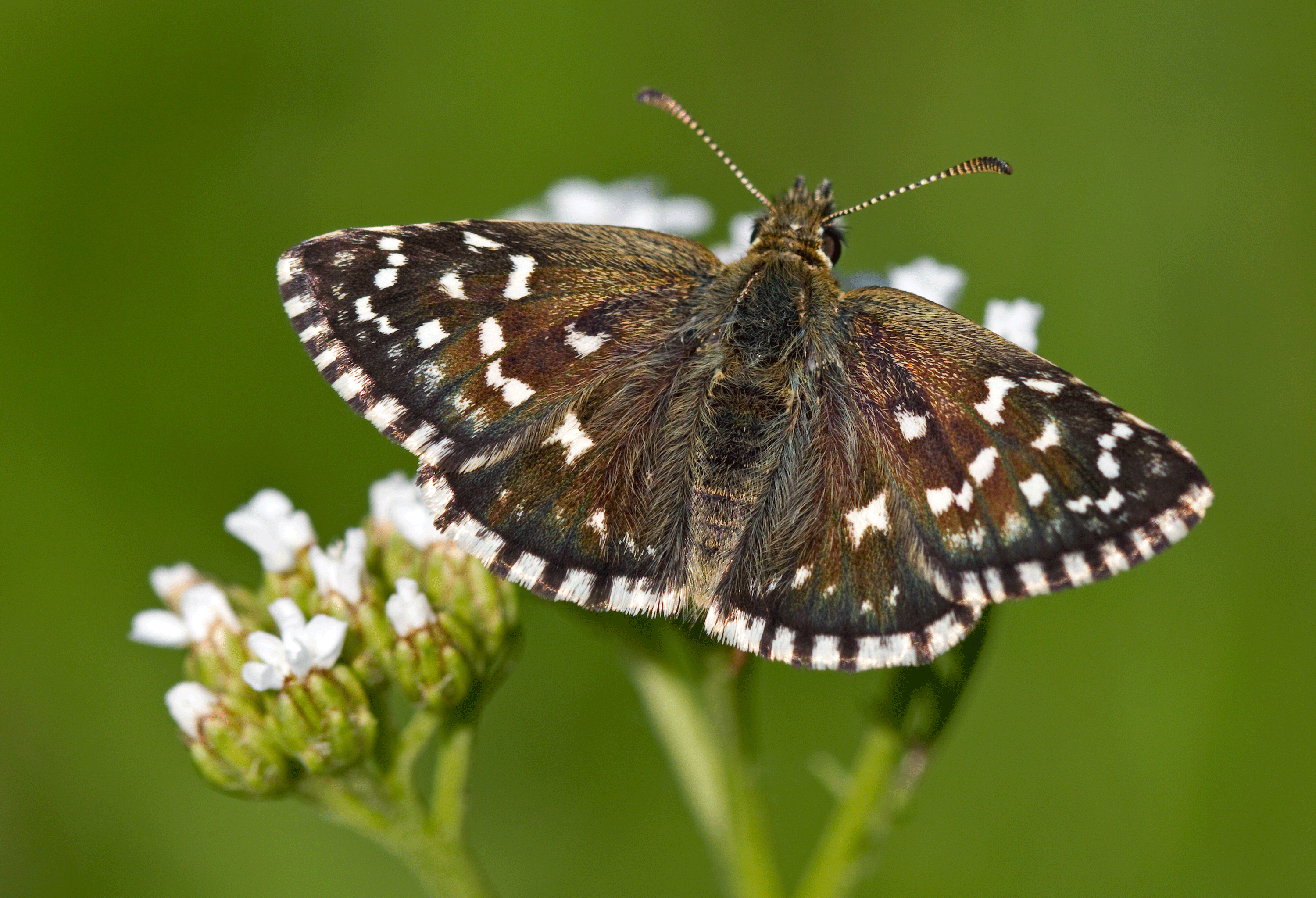
A walk through the woods will take you to the area marked as Bonsai Bank. Flower-rich glades support a range of insect life from butterflies to glow worms. explorekent.org
Witton Lime Beds, North east of Northwich, Cheshire
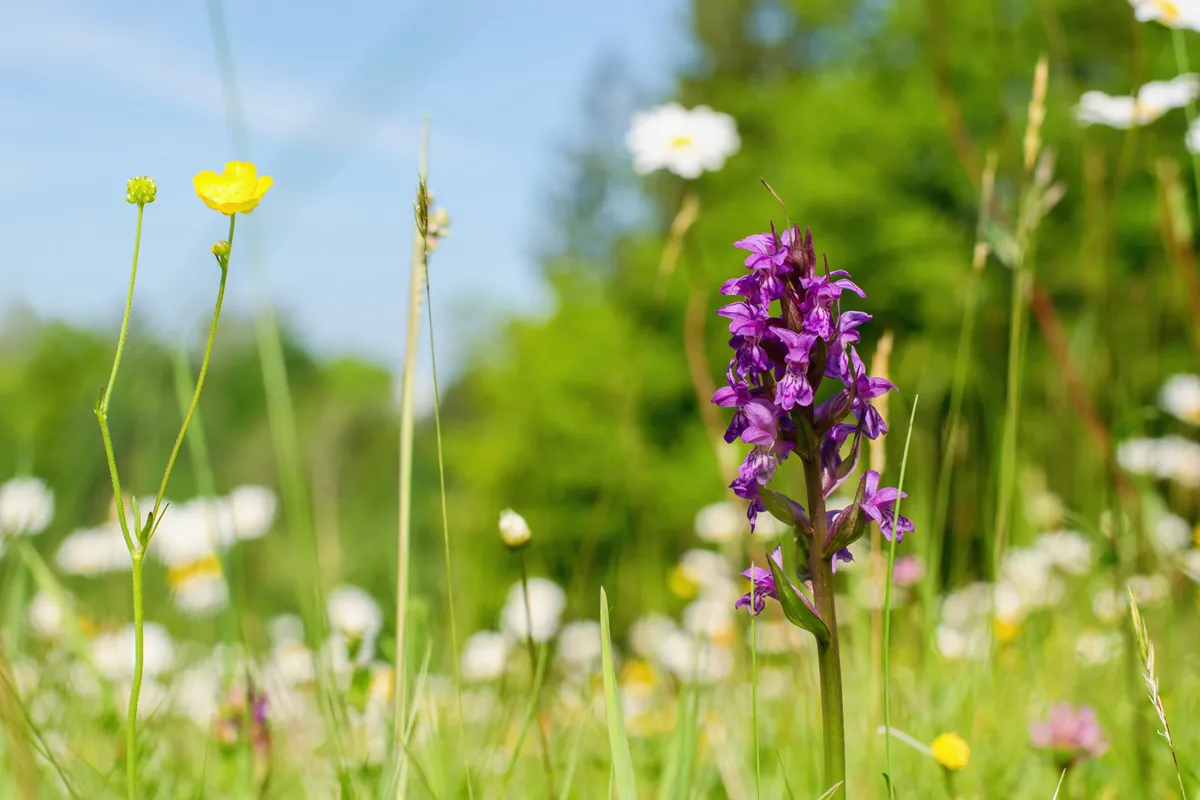
Chemical residues from industry created this site of scientific interest. It is one of the few places where both northern and southern marsh orchids grow, so you can also see their hybrid blooming here. designatedsites.naturalengland.org.uk
Sandscale Hawes, Cumbria
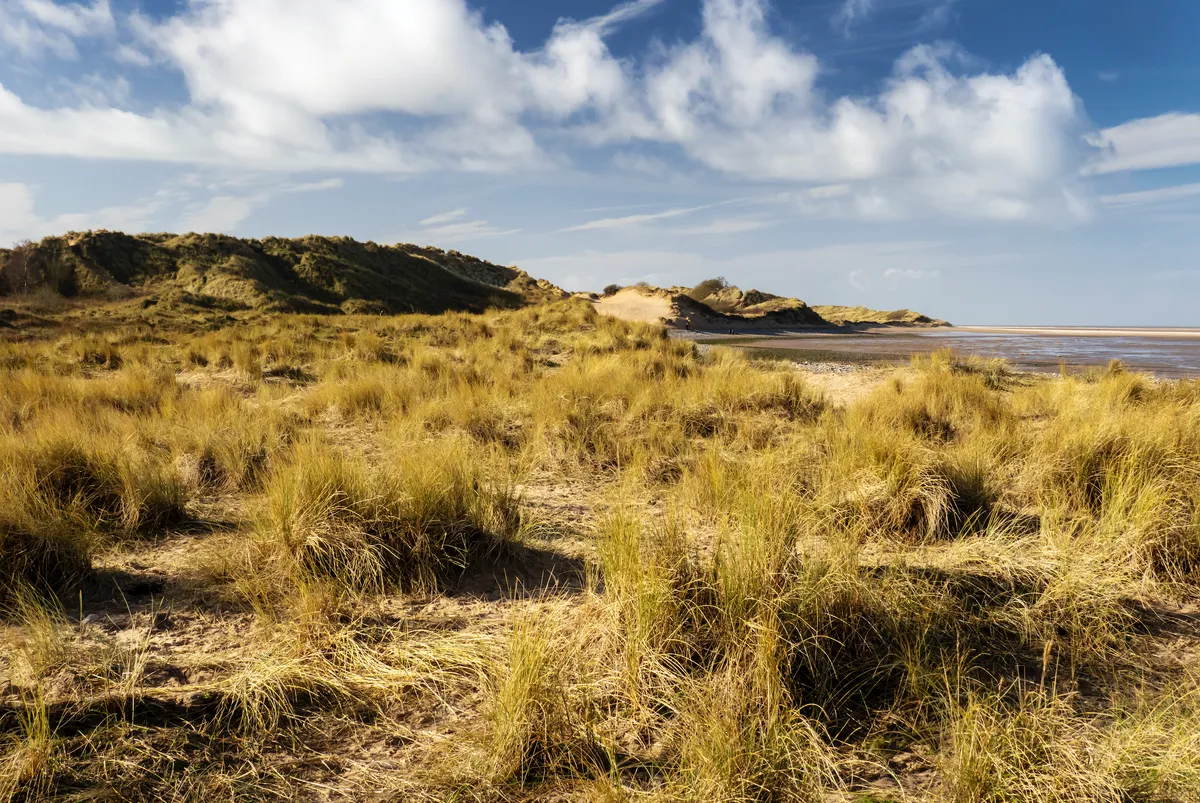
Look in the dune slacks for thousands of coralroot orchids. You’ll also be treated to the sight of other orchids and views of the estuary and Lakeland Mountains. You’ll be facing west, so sunsets are long and spectacular. nationaltrust.org.uk/sandscale-haws-national-nature-reserve
Kenfig dunes, Glamorgan
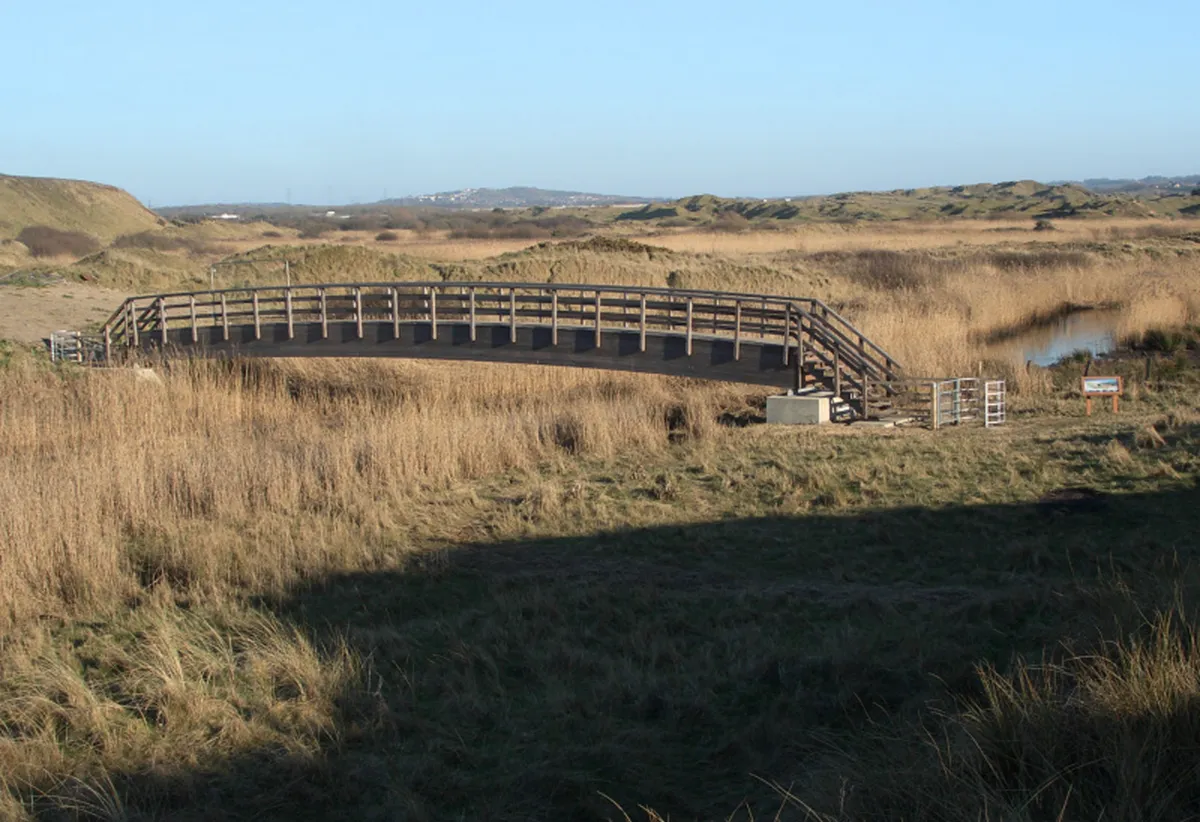
The best site to see fen orchids, but also contains many other orchid species. You can ring the information centre to check flowering times. plantlife.org.uk/uk/our-work/conservation-projects/coastal/kenfig-glamorganshire
Balranald, Outer Hebrides
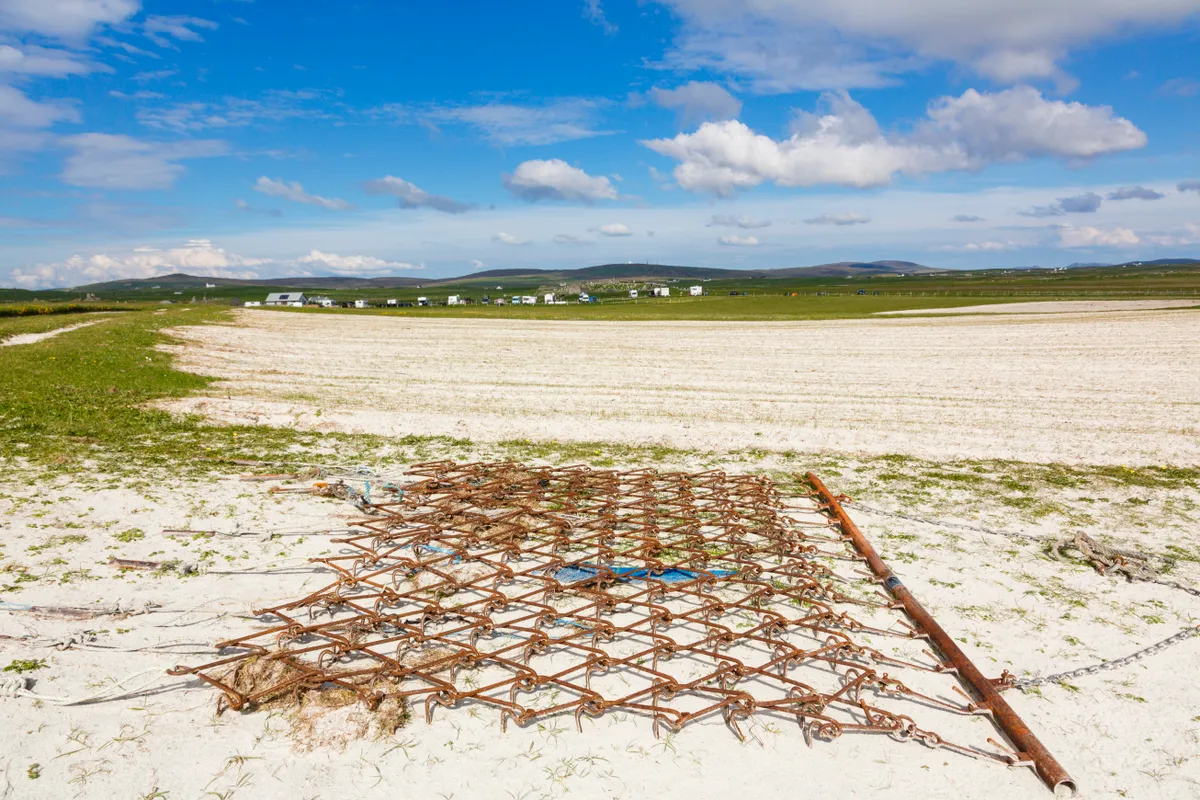
Traditional land management creates the Hebridean machair (grassy plain) that is carpeted in flowers including marsh orchids. rspb.org.uk/reserves-and-events/reserves-a-z/balranald
Beinn Eighe and Torridon, Highlands
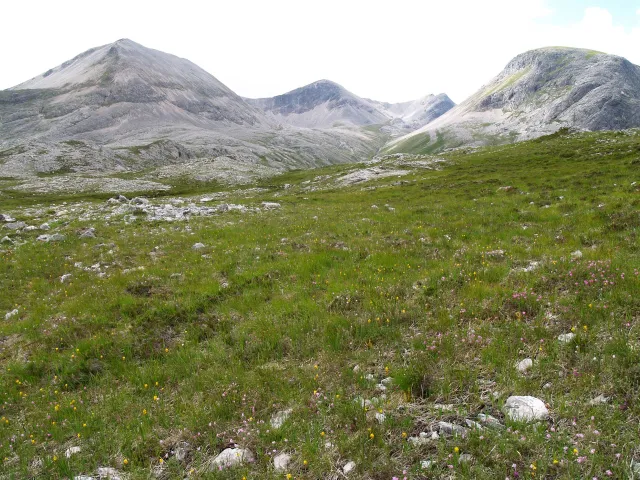
Between Loch Torrin and Loch Maree you can enjoy mountain scenery and particularly Scottish plants among the Caledonian pinewood. Among them, you can see creeping lady’s-tresses. nature.scot
Whisby Nature Park, Lincolnshire
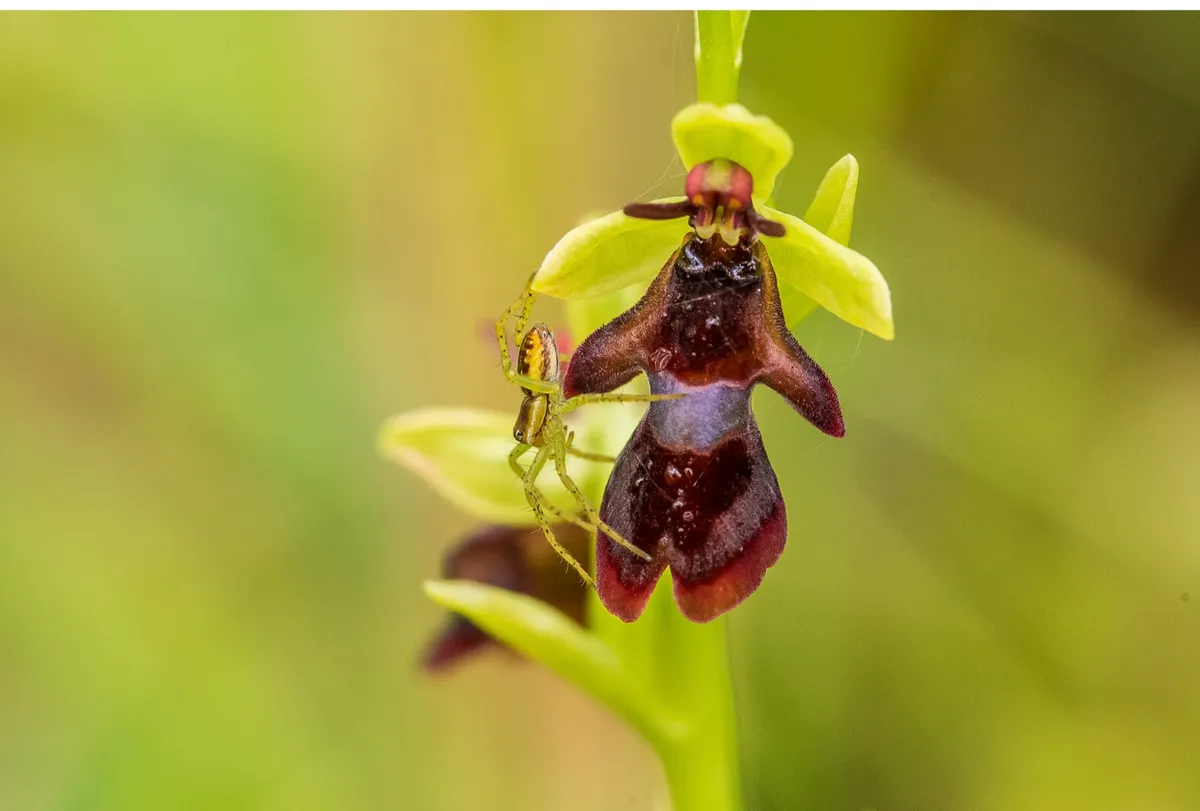
With thousands of southern marsh orchids in the Orchid Glade, it would be hard not to see orchids here if you visit during flowering season, in June and July. lincstrust.org.uk/get-involved/top-reserves/whisby-nature-park
Barnack Hills and Holes National Nature Reserve, Cambridgeshire
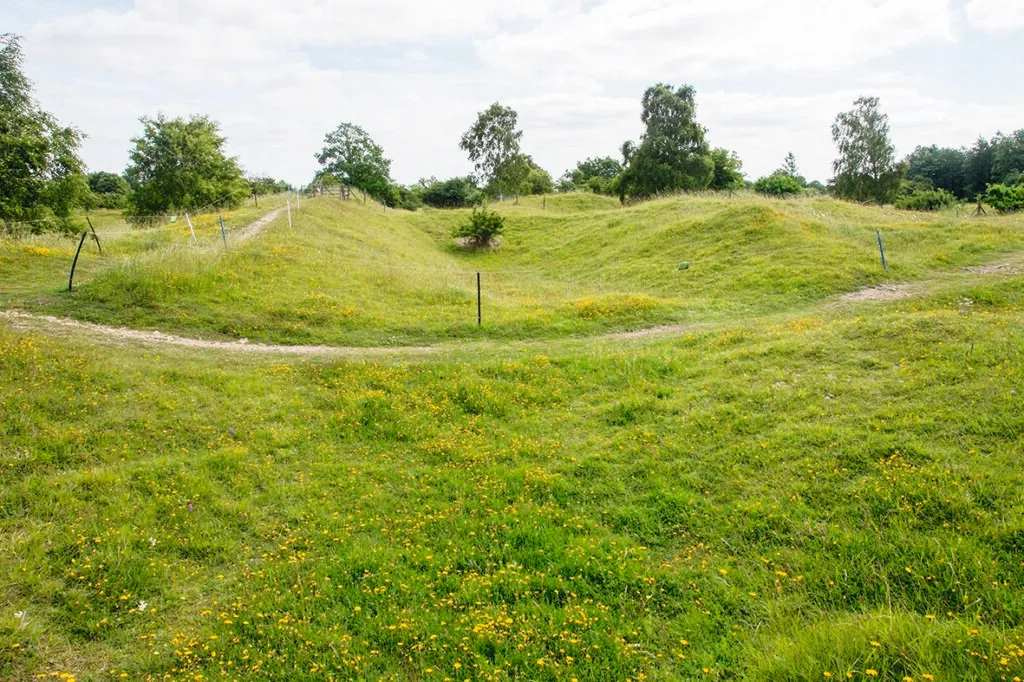
Barnack Hills and Holes is an orchid-rich grassland; eight species are found here, including the early purple, bee, fragrant, pyramidal and frog orchids. The reserve is also home to the UK’s largest population of the endangered man orchid, its green-yellow flower resembling a tiny person with two arms and legs and a space-helmet-shaped head – rather like ET.
Barnack Hills and Holes National Nature Reserve, Cambridgeshire
